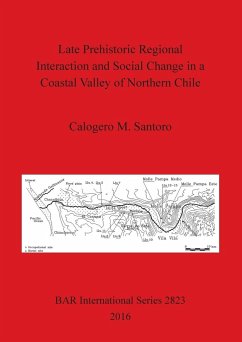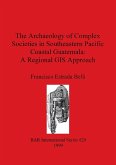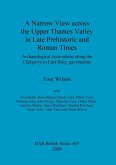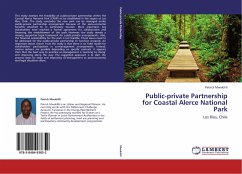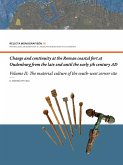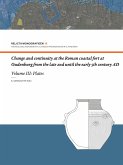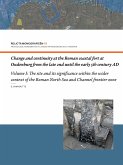This is an archaeological study of social organization and change in a late prehispanic population of northern Chile. The research involves contextual examination of the occurrence of highland ceramic styles and materials and drawing inferences concerning local socio-political structures. Excavation at four sites dating to the Late Intermediate and Late Periods (AD 1100-1500) revealed no evidence of highland colonists or colonial enclaves. Household artefact assemblages showed: (a) that despite the presence of highland trade goods, the cultural pattern resembles local coastal traditions; (b) no indications of pronounced social or wealth differences; (b) great continuity through time in domestic activities; and (c) significant shifts in ceramic style preferences, highland import assemblages, textile production and access to metal ornaments. An important suprahousehold change of the Late Period was the nucleation of population at Molle Pampa Este, a site containing architecture (an ushnu and plaza) associated with imperial Inka administration and public ceremony.

